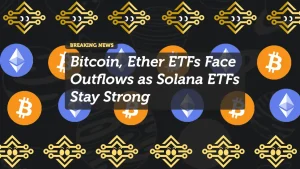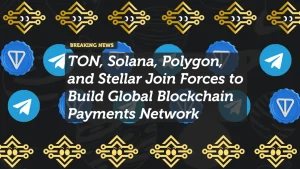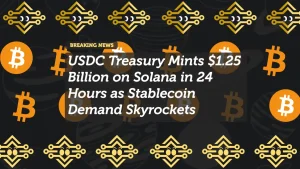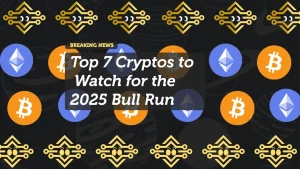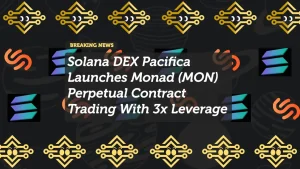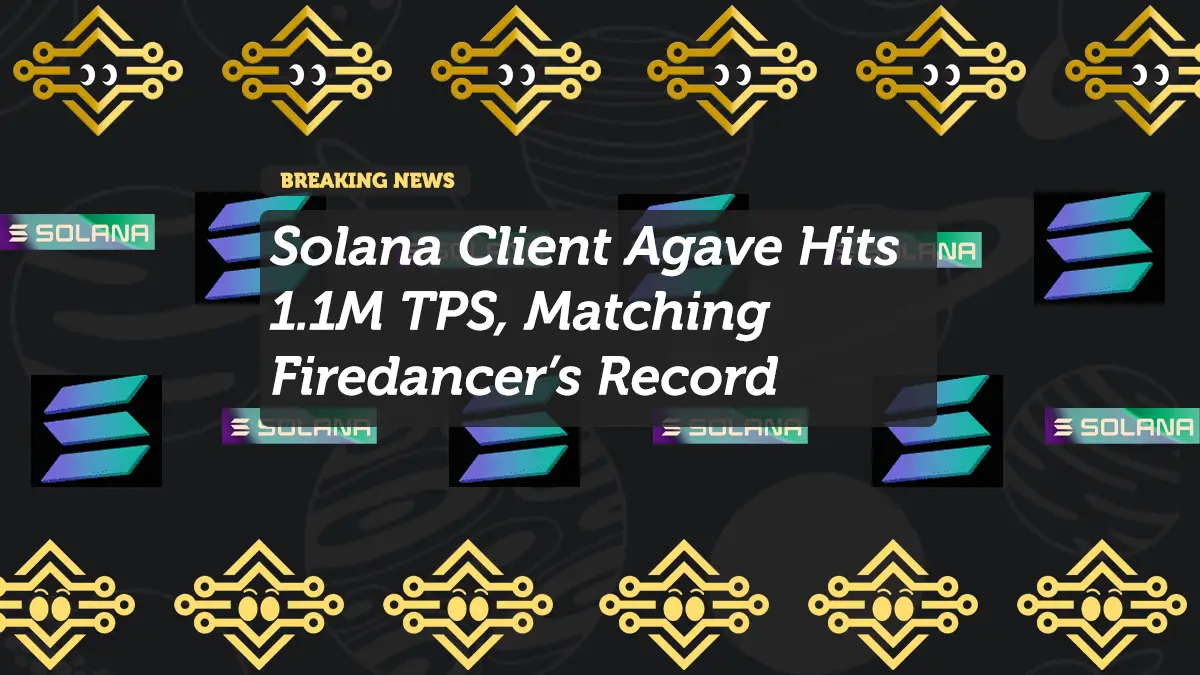
Solana Client Agave Hits 1.1M TPS, Matching Firedancer’s Record
The race for blockchain speed supremacy has a new front-runner. Solana’s Rust validator client, Agave, has achieved a peak throughput of 1.1 million transactions per second (TPS) in a synthetic test, matching the record previously set by Jump Crypto’s Firedancer client.
This milestone places Solana Agave squarely in the spotlight, as the blockchain ecosystem continues to compete for both speed and efficiency.
Why the Agave Breakthrough Matters
For years, blockchain networks have faced the “scalability trilemma,” balancing decentralization, security, and scalability. Solana has consistently prioritized throughput, aiming to support mainstream-scale applications ranging from decentralized finance (DeFi) to high-frequency trading.
By reaching 1.1 million TPS, Agave has:
- Matched the Firedancer lab record, proving Solana has multiple pathways to extreme scalability.
- Strengthened Solana’s case as a blockchain designed for Web3 mass adoption.
- Reignited discussions about the future of blockchain efficiency compared to Ethereum and other rivals.
Synthetic vs Real-World Performance
It’s important to note the 1.1 million TPS figure was achieved in a synthetic test environment, not live on Solana’s mainnet. Still, the results show what Solana’s architecture is capable of under ideal conditions.
In practice, Solana currently averages between 4,000–6,000 TPS on-chain, but optimizations like Agave and Firedancer promise to dramatically close the gap between test performance and real-world results.
Industry Impact and Comparisons
Ethereum, even after its scaling upgrades, still processes fewer than 30 TPS on its base layer, relying heavily on rollups. Solana’s ability to push into the million-TPS territory could:
- Attract institutional-grade trading platforms seeking speed.
- Enhance NFT and gaming adoption, where fast confirmation is critical.
- Redefine the user experience of DeFi apps by slashing latency.
Community and Market Reaction
The Solana community reacted with enthusiasm as news of the Agave test spread, noting that having two separate high-performance clients—Firedancer and Agave—reduces reliance on a single implementation. This strengthens the network’s resilience and decentralization.
Meanwhile, developers see this as a green light to build more ambitious applications, knowing the infrastructure can keep pace.
What’s Next for Solana?
The path ahead involves integrating these breakthroughs into Solana’s mainnet. With Firedancer expected to roll out in 2025 and Agave proving its muscle, Solana could soon cement itself as the fastest major blockchain.
That would not only reinforce investor confidence but also attract next-gen Web3 builders seeking scalable platforms.
Key Takeaway
The Solana Agave milestone isn’t just about breaking records—it’s about proving that blockchain can scale to levels once thought impossible. With Agave and Firedancer pushing the boundaries, Solana is carving a path toward becoming the backbone of high-speed decentralized applications.











